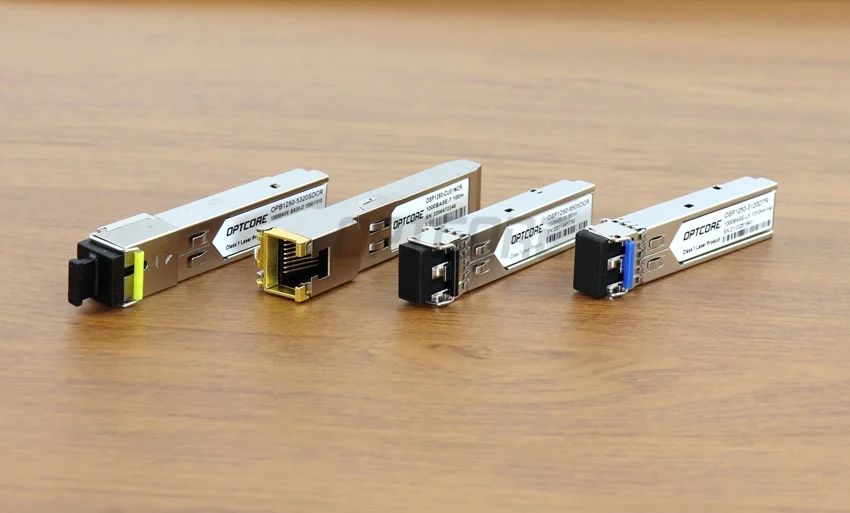Introduction:
In the world of networking, data transmission, and connectivity play a vital role in ensuring seamless communication. Transceivers are the backbone of modern networks, enabling high-speed data transfer between devices. This article explores the key features and applications of transceivers, specifically focusing on Small Form-Factor Pluggable (SFP), SFP+, Quad Small Form-Factor Pluggable 28 (QSFP28), and network switches.
Small Form-Factor Pluggable (SFP) Transceivers:
SFP transceivers are compact, hot-swappable devices commonly used in networking equipment. They support various types of network media, including optical fiber and copper, allowing for flexible deployment. SFP transceivers provide reliable data transmission at speeds up to 10 Gbps and are widely used in applications such as Ethernet, Fibre Channels, and SONET/SDH.
SFP+ Transceivers:
SFP+ transceivers are an enhanced version of SFP modules, designed to deliver higher data rates and improved performance. With speeds ranging from 10 Gbps to 16 Gbps, SFP+ transceivers are commonly used in data centers and enterprise networks for applications like 10 Gigabit Ethernet, 8G and 16G Fibre Channel, and InfiniBand. These hot-swappable modules are backward-compatible with SFP ports, providing a smooth transition for network upgrades.
Quad Small Form-Factor Pluggable 28 (QSFP28) Transceivers:
QSFP28 transceivers have emerged as the industry standard for high-speed data transmission. With a maximum data rate of 100 Gbps, QSFP28 modules are capable of handling demanding applications such as 100 Gigabit Ethernet, InfiniBand EDR, and Fibre Channel. These transceivers support both single-mode and multi-mode fiber, making them versatile options for various network architectures.
Network Switches:
Network switches are essential components of modern data networks. They provide a central point for connecting multiple devices, enabling efficient data routing and network management. Switches utilize transceivers to establish connections with other devices, ensuring seamless communication within the network. By utilizing transceivers, switches can accommodate various types of media, such as copper or fiber, and support different data rates, facilitating high-speed data transfer.
Conclusion:
Transceivers, including SFP, SFP+, QSFP28, and network switches, form the foundation of modern networking infrastructure. These devices enable high-speed data transmission, facilitate flexible connectivity options, and support a wide range of applications. Whether it’s for enterprise networks, data centers, or telecommunications, understanding the capabilities and features of transceivers and network switches is crucial for building reliable and efficient networks in today’s digital landscape





